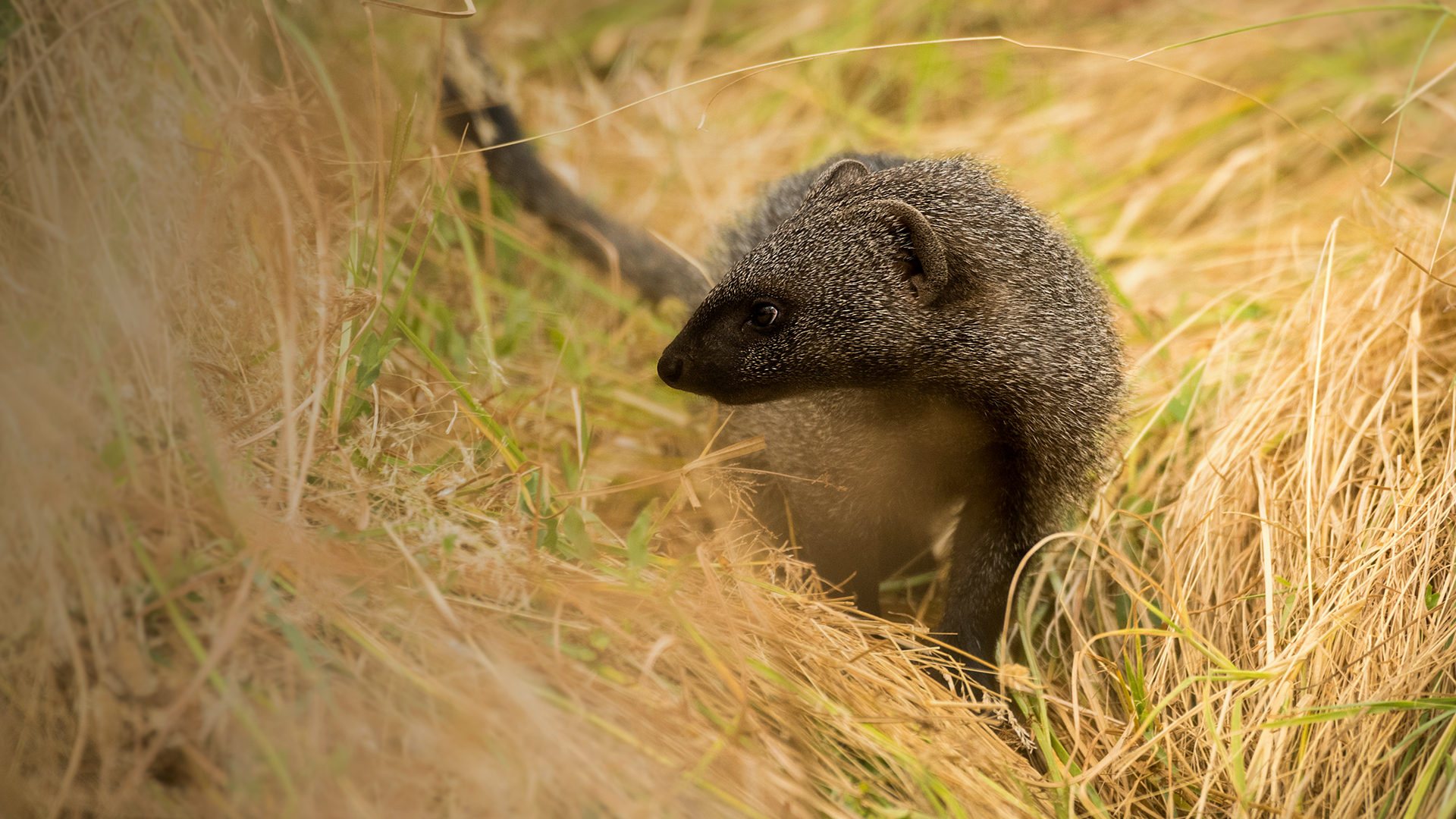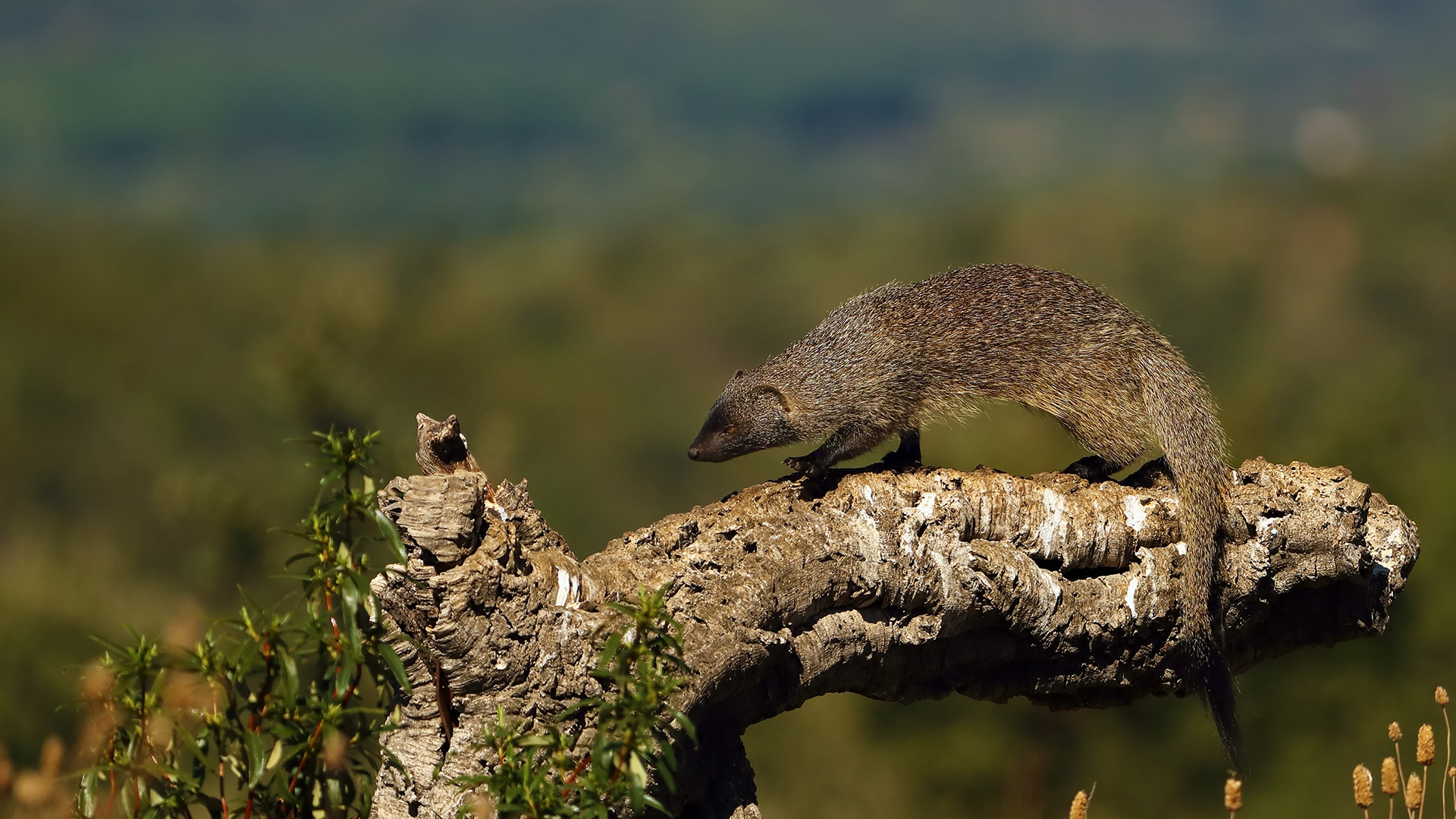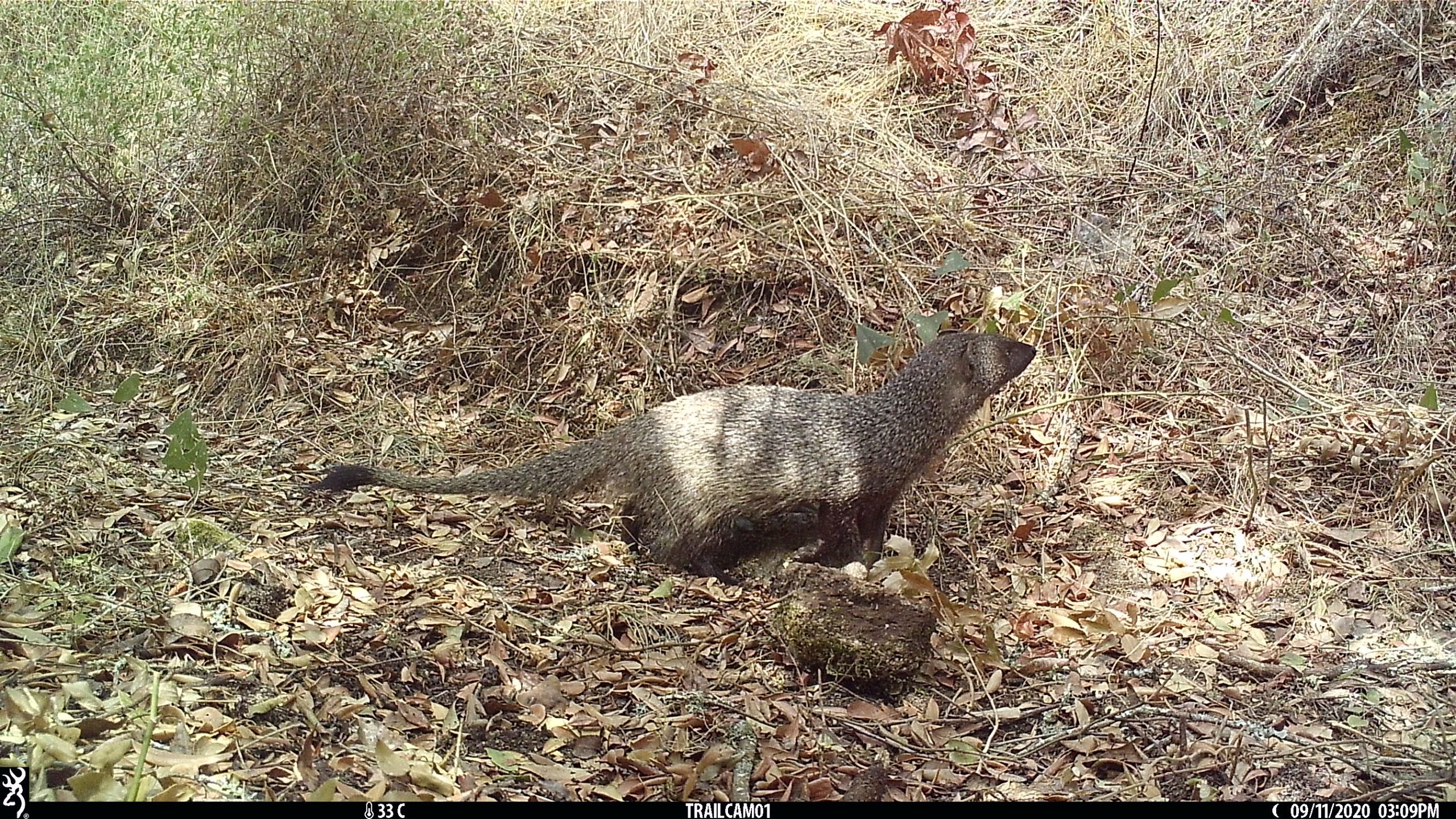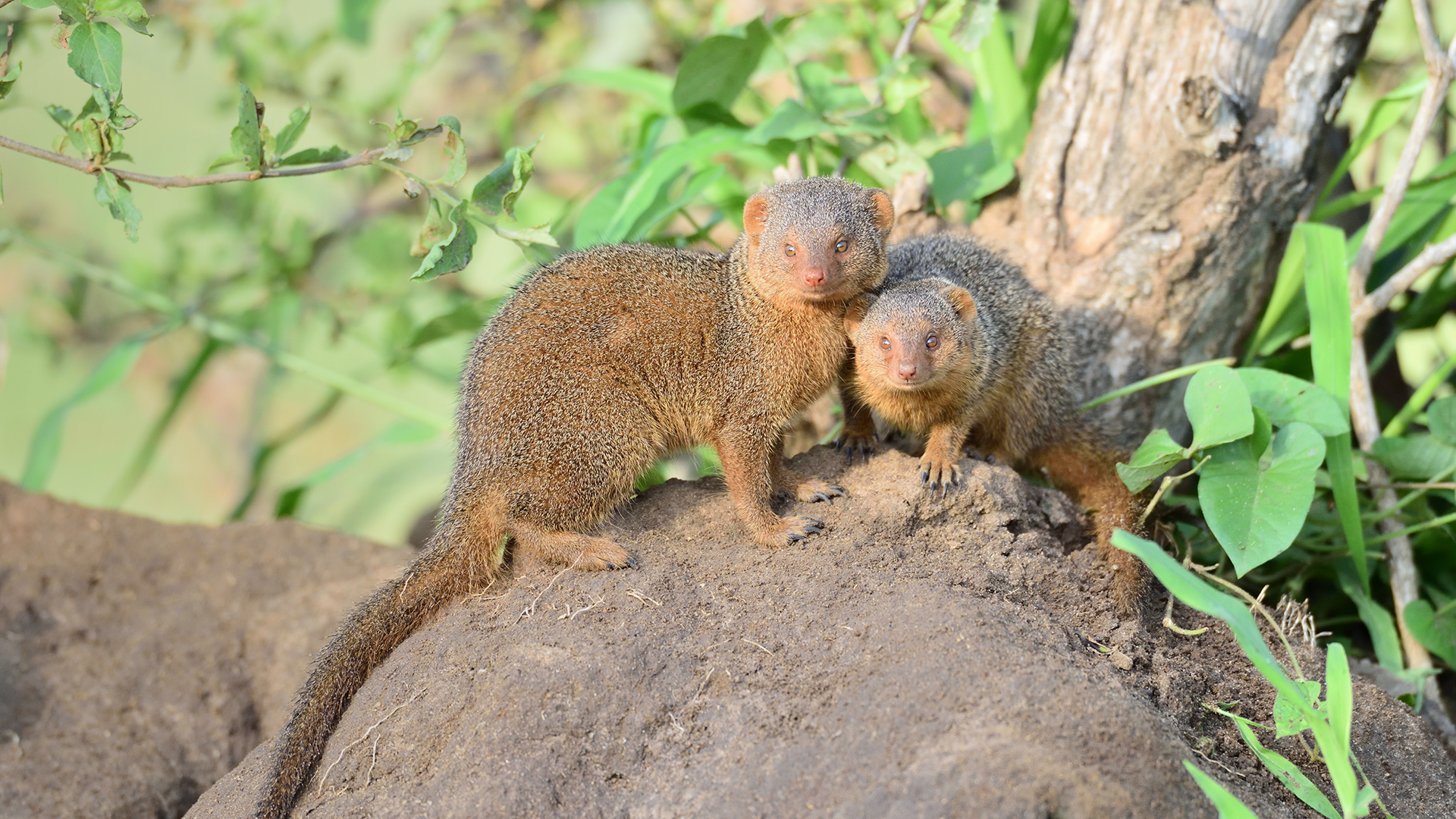With a surprising historical footprint, the Egyptian Mongoose (Herpestes ichneumon) is an extra in tales of pharaohs and is believed to have joined Arabs and Romans on many of their journeys. This carnivorous mammal can be found from the north (although it occurs in lesser abundance here) to the south of Portugal and stands out for its speed and opportunistic nature. Know this species in more detail, also known as “pharaoh’s rat” and which can be found, among other places, at the estate Herdade do Zambujo.
No matter how much time elapsed, some things remain timeless. Pests are a good example of this. However, in ancient times, the number of devices available was much smaller, and having an Egyptian Mongoose could make the difference, namely to attack rats and snakes, or destroy crocodile eggs. The Arabs can attest to this as their history intersects with the very same history of this species which can be found mostly in the south of the Iberian Peninsula.
This “ruthless exterminator” – like the mythical character played by Arnold Schwarzenegger – is lethal to animals that threaten crops, and snakes alike. This animal usually hunts the most predominant species in the habitats it lives in and, in addition to the aforementioned animals, and rabbits, it can also feed on birds, reptiles, eggs and mushrooms, among others. On the other hand, the Egyptian Mongoose goes from predator to prey when faced with larger animals, such as the wolf, the Iberian lynx and birds of prey.
We can find representations of the Egyptian Mongoose in Ancient Egypt and the Roman period, in sculptures and paintings. This animal is featured also in tales of struggles between Good and Evil. The Egyptian Mongoose is thus also a symbol of courage and resistance, just like in the legend of “David and Goliath”, given its ability to face threats, especially snakes, theoretically stronger and larger.







